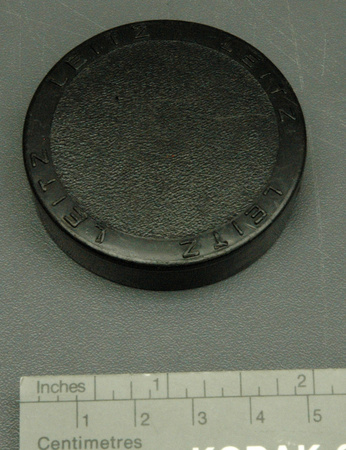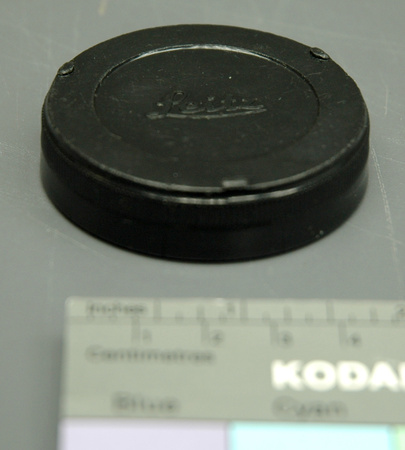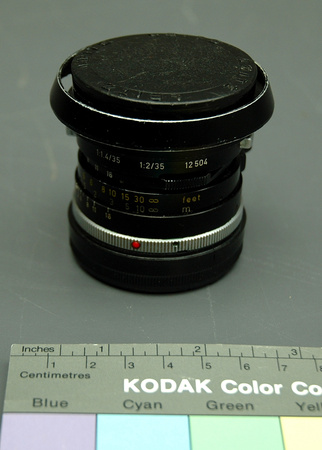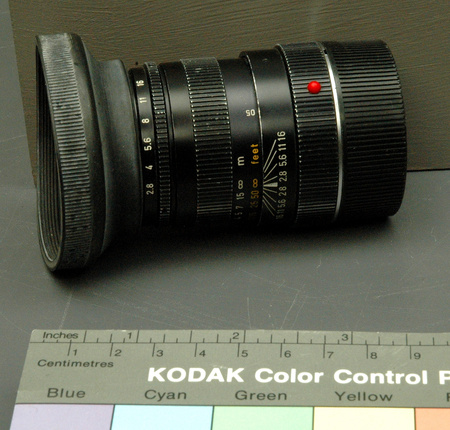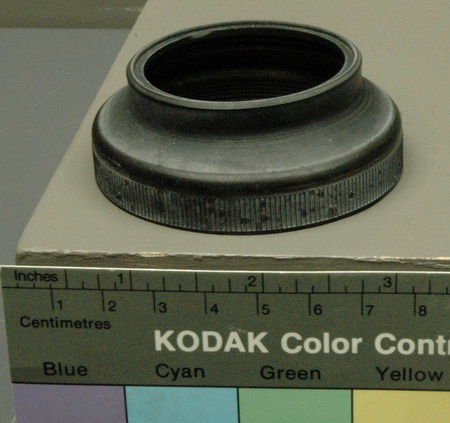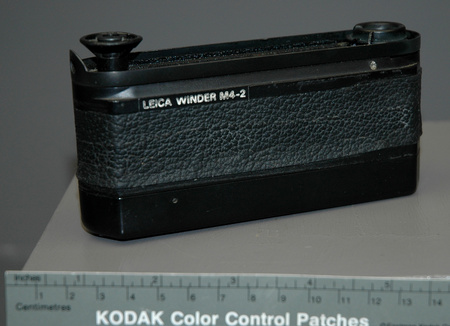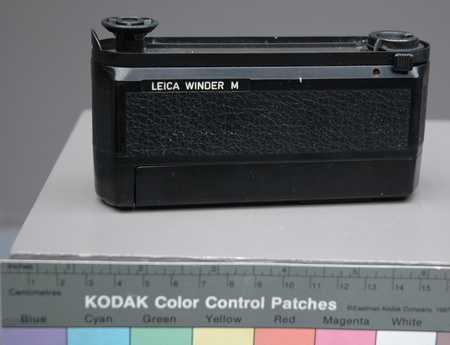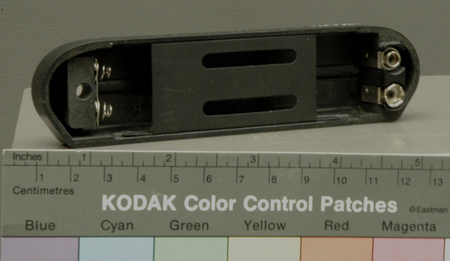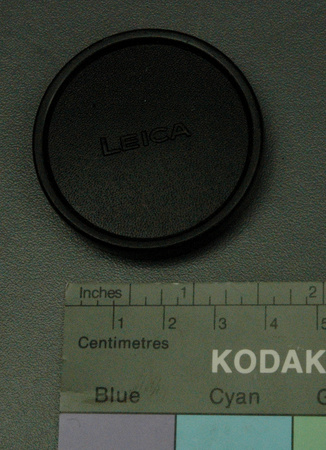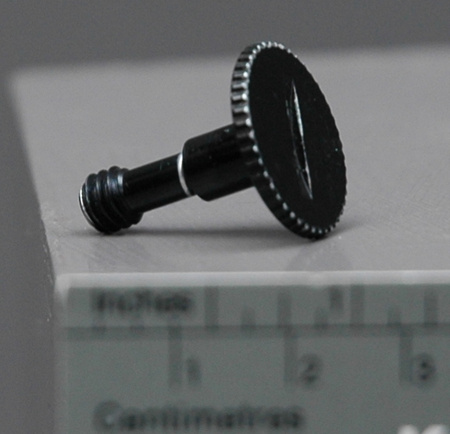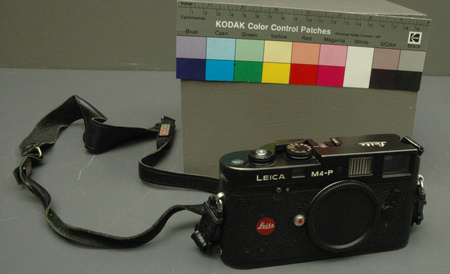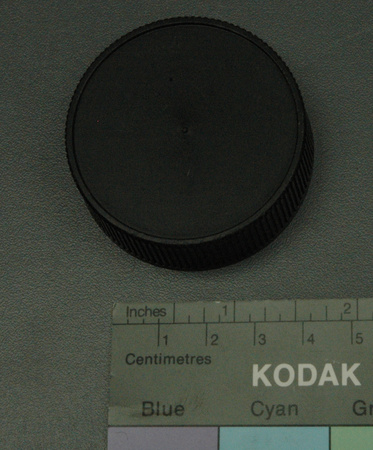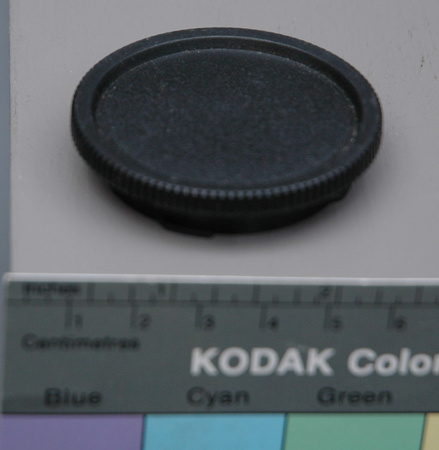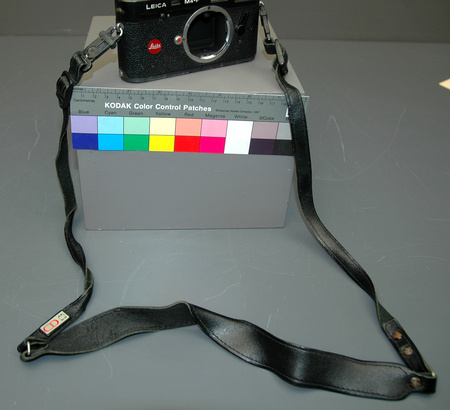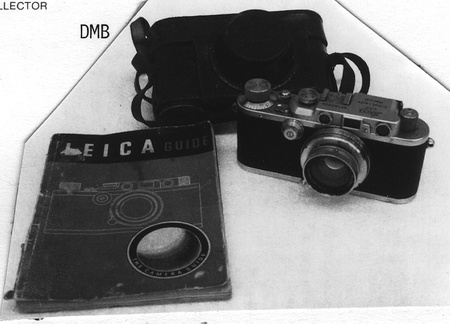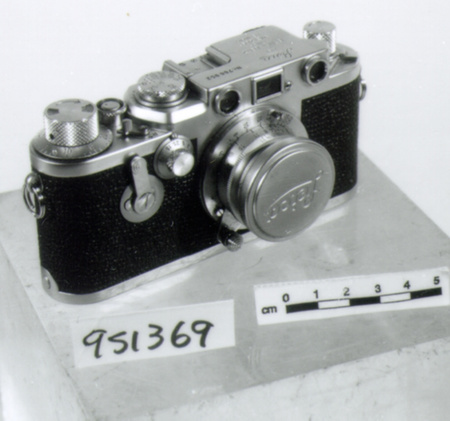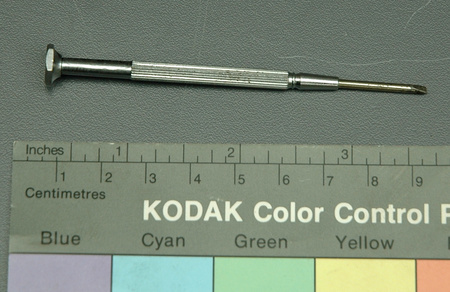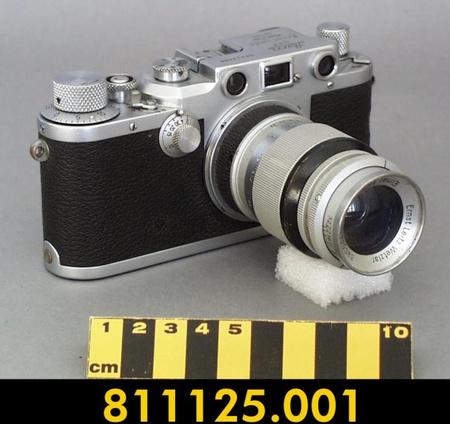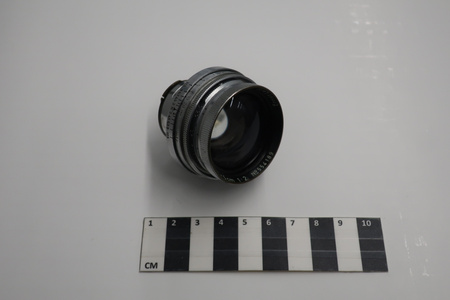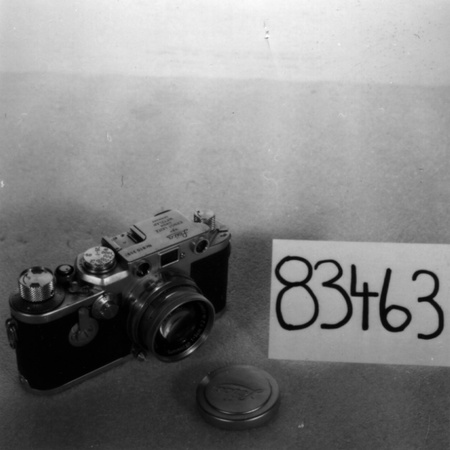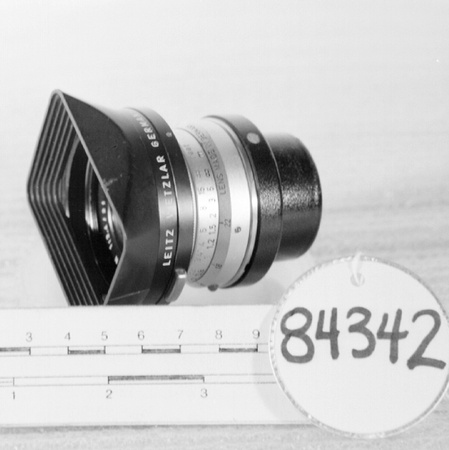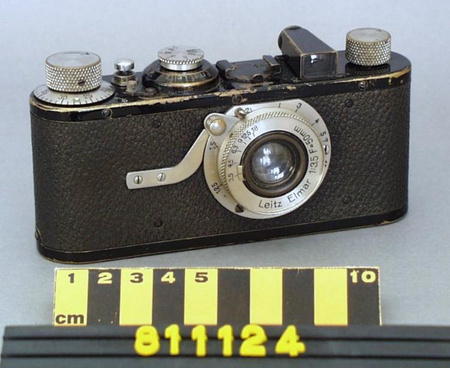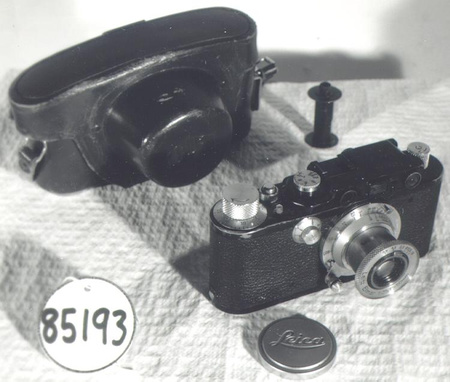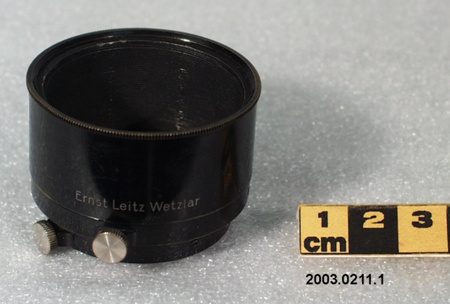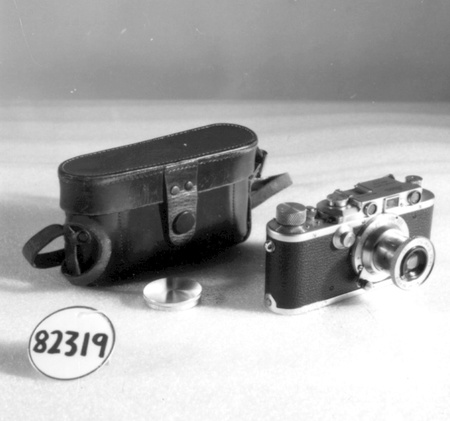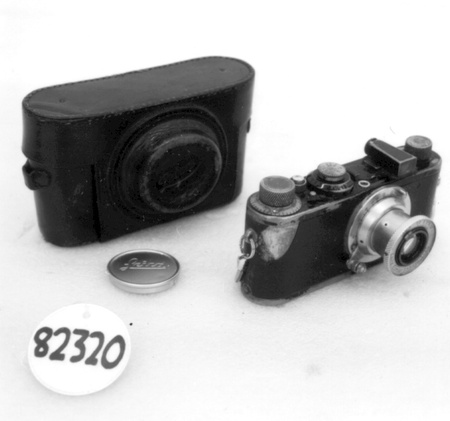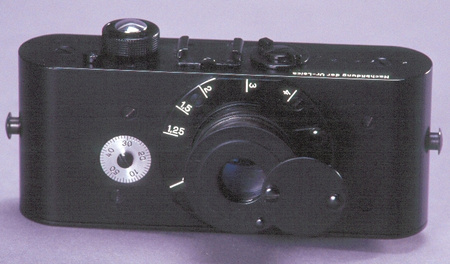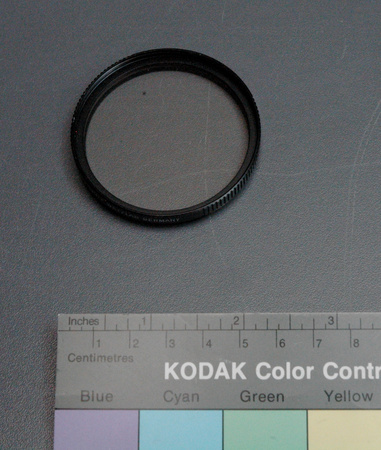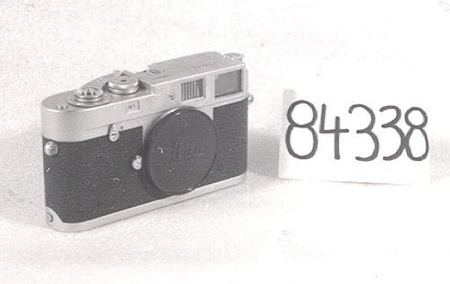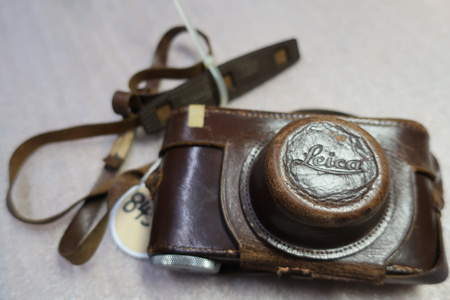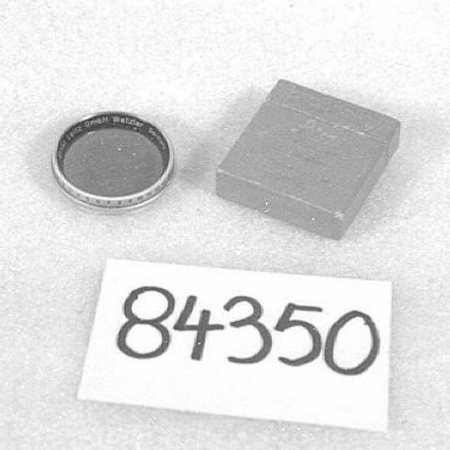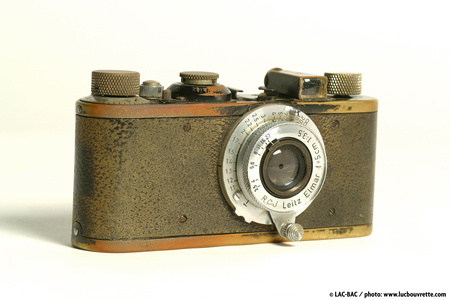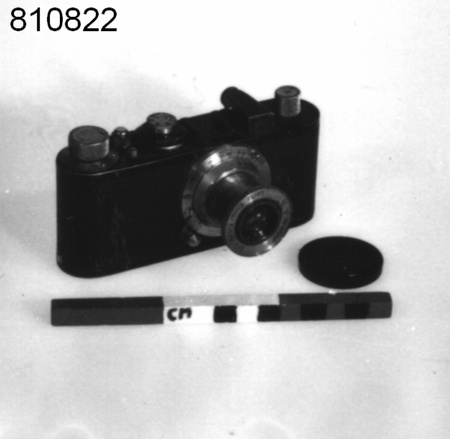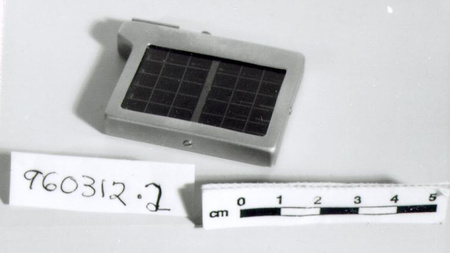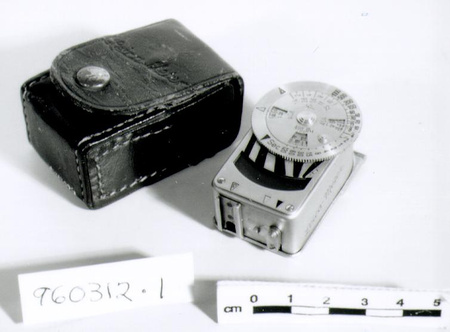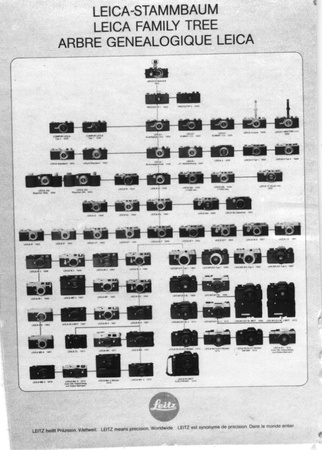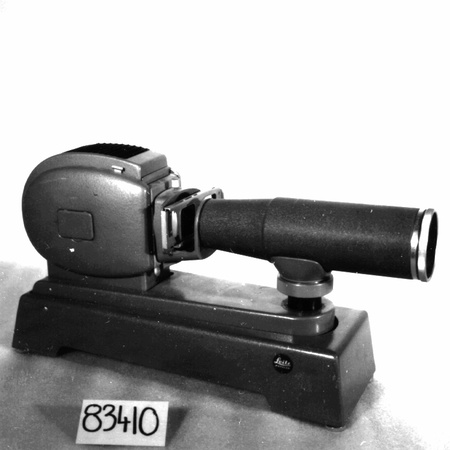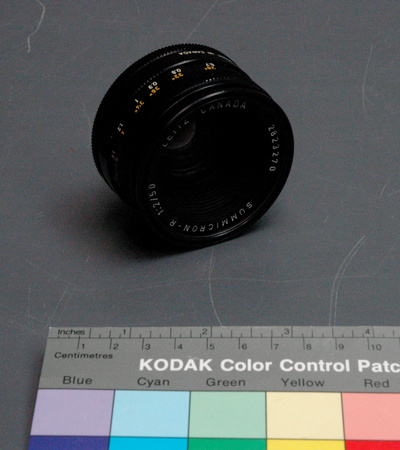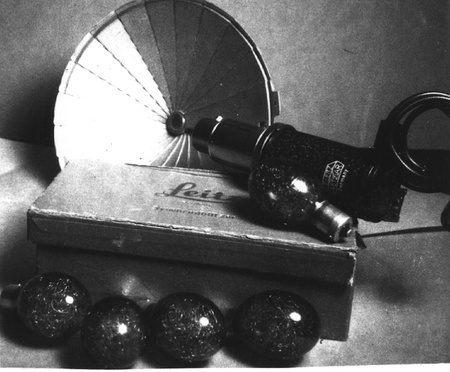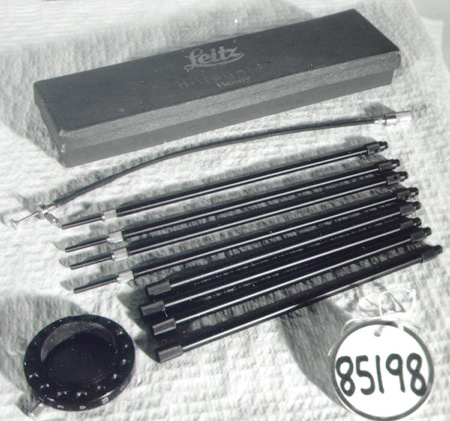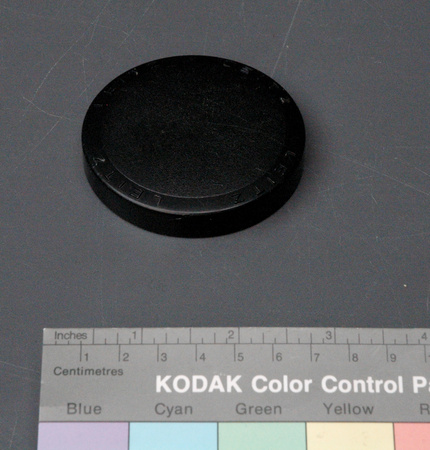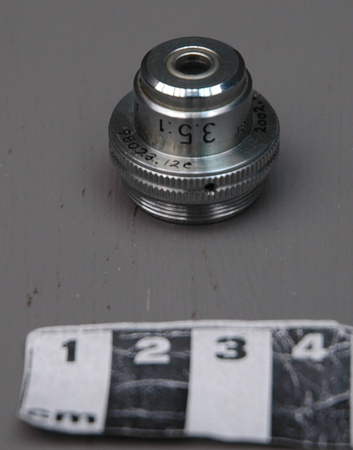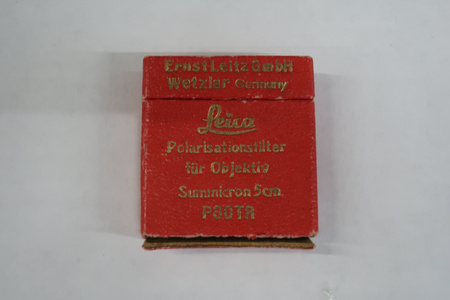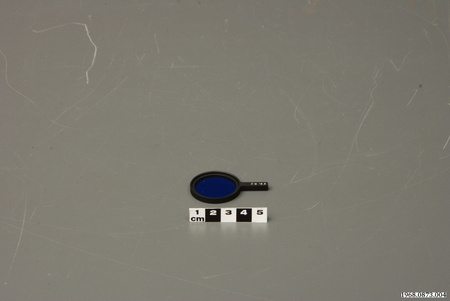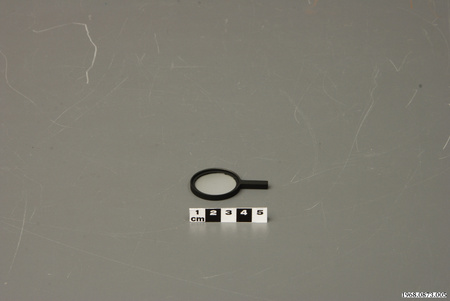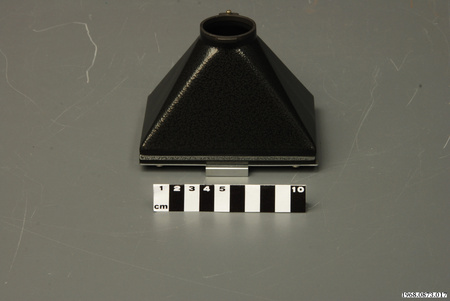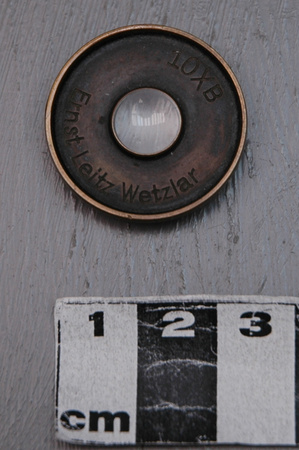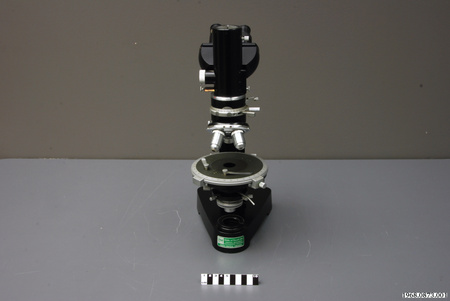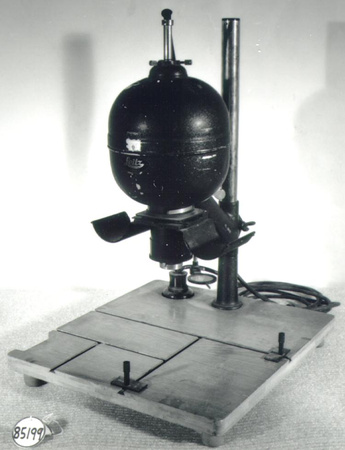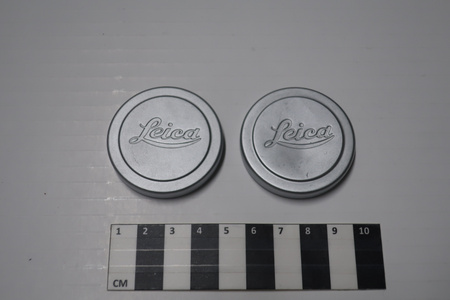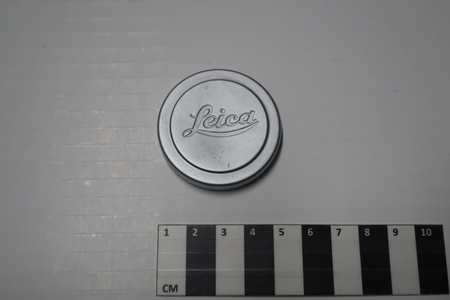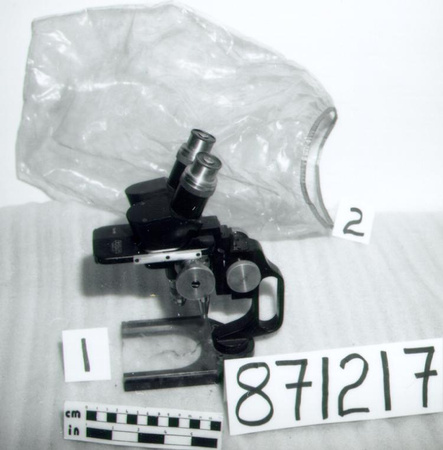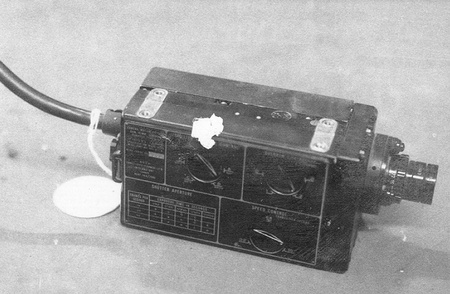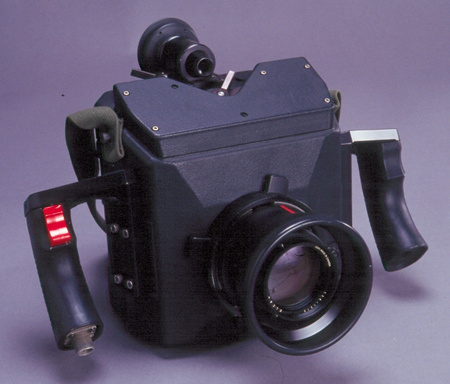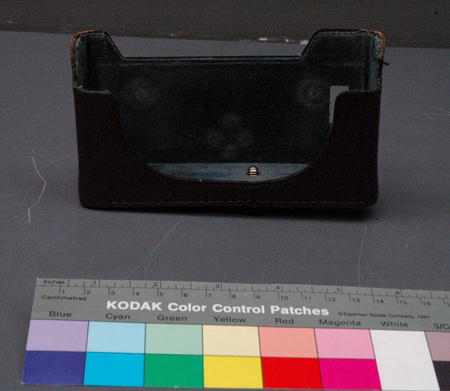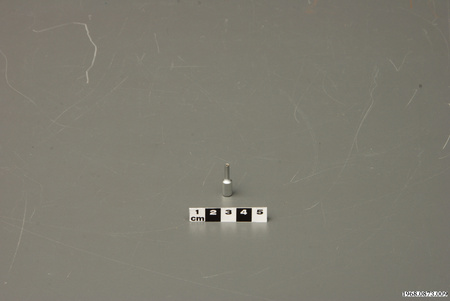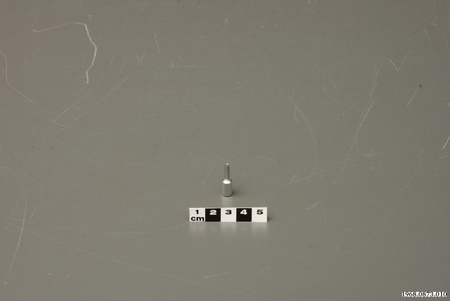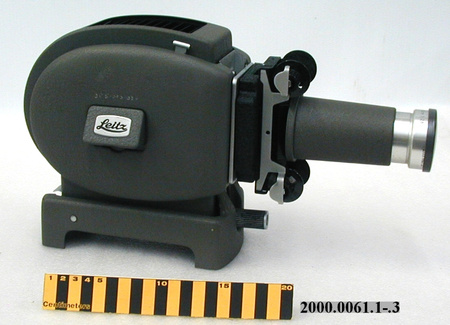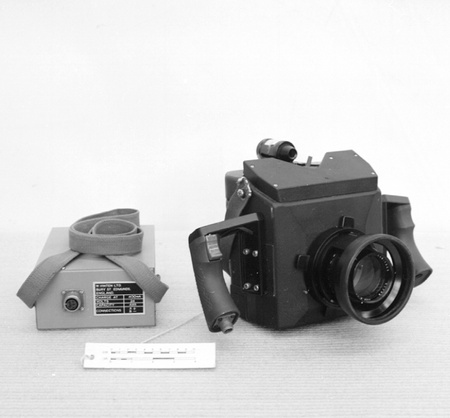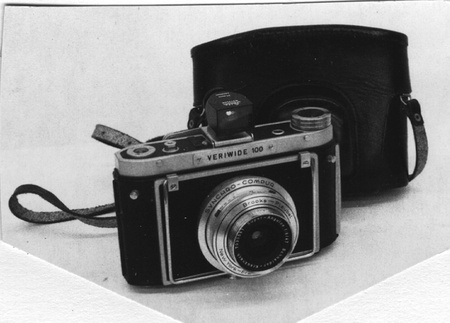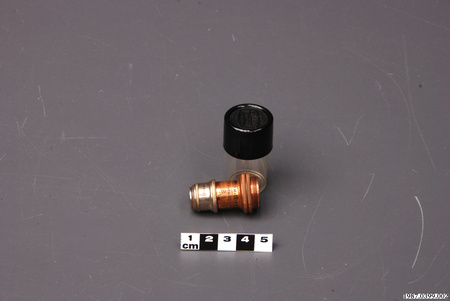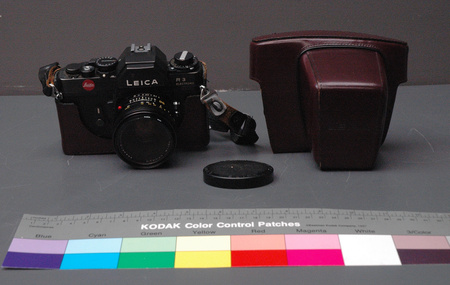Hood, lens
Use this image
Can I reuse this image without permission? Yes
Object images on the Ingenium Collection’s portal have the following Creative Commons license:
Copyright Ingenium / CC BY-NC-ND (Attribution-NonCommercial 4.0 International (CC BY-NC 4.0)
ATTRIBUTE THIS IMAGE
Ingenium,
2009.0357.002
Permalink:
Ingenium is releasing this image under the Creative Commons licensing framework, and encourages downloading and reuse for non-commercial purposes. Please acknowledge Ingenium and cite the artifact number.
DOWNLOAD IMAGEPURCHASE THIS IMAGE
This image is free for non-commercial use.
For commercial use, please consult our Reproduction Fees and contact us to purchase the image.
- OBJECT TYPE
- non-adjustable
- DATE
- 1983
- ARTIFACT NUMBER
- 2009.0357.002
- MANUFACTURER
- Leitz
- MODEL
- Unknown
- LOCATION
- Wetzlar, Federal Republic of Germany
More Information
General Information
- Serial #
- 12504
- Part Number
- 2
- Total Parts
- 4
- AKA
- N/A
- Patents
- N/A
- General Description
- All metal lens hood has smooth flat black finish, save for silver metal ? [or possibly synthetic] release burttons.
Dimensions
Note: These reflect the general size for storage and are not necessarily representative of the object's true dimensions.
- Length
- N/A
- Width
- N/A
- Height
- 1.0 cm
- Thickness
- N/A
- Weight
- N/A
- Diameter
- 6.5 cm
- Volume
- N/A
Lexicon
- Group
- Photography
- Category
- Still camera parts
- Sub-Category
- N/A
Manufacturer
- AKA
- Leitz
- Country
- Federal Republic of Germany
- State/Province
- Unknown
- City
- Wetzlar
Context
- Country
- Canada
- State/Province
- Unknown
- Period
- This example presumably used c. 1983-1996, and probably later.
- Canada
-
The camera and all accessories [except .2 lens hood for this camera] were manufactured in Midland, Ontario by Ernst Leitz Canada, subsidiary of the German optical maker Ernst Leitz. The lens hood was made in Wetzlar, Federal Republic of Germany. All items were owned and used by Fred Phipps, a professional photographer based in Toronto and employed by the Canadian Broadcasting Corporation. Mr. Phipps studied photography at Ryerson Polytechnic Institute. Running short of funds, he left the program before graduation in January 1957 to take a job with the CBC photography department. He remained with the CBC for almost 35 years, during which he worked as a staff photographer and as National Photo Editor. After retirement in 1992 he continued to produce photos for the CBC as a freelancer. Over his long career, Mr. Phipps completed thousands of portraits and candid photos of CBC personalities and productions (e.g. David Suzuki, Foster Hewitt, Joe Schlesinger, Front Page Challenge, The Beachcombers, Friendly Giant, Mr. Dressup, Seeing Things). These were circulated to print media for publicity purposes or were used internally as “ID slides” for on-air program promotion. Attracted by the Leica’s reputation for craftsmanship and excellent optics, Mr. Phipps purchased his M4-P around 1982 from Toronto Camera Exchange (Rutherford Photographic). Although Mr. Phipps was also using Nikon and Hasselblad SLRs at the time, he liked his MP-4 for use in the television studio because its quiet operation (without winder) was less likely to be picked up by microphones. This was a feature that Leica promoted in its marketing of the M4-P. With its bright, high contrast viewfinder and fitted with the Summilux 35 mm f/1.4 lens, the camera was also excellent for shooting in available studio light where a flash would again have been disruptive. Offering a wide angle of view and good depth of field, the Summilux was his preferred lens for candid studio shots where he wished to show the performers in context. Its optics were so good that a 35 mm negative could be enlarged to 16x20 inches with minimal grain. The Summilux was designed in Midland, Ont. by Dr. Walter Mandler, who also computed the optics for the Tele-Elmarit. [Ref. 1] - Function
-
To shade camera lens from unwanted light, in order to minimize shadow and concentrate focus. - Technical
-
The Summilux 35 mm, f/1.4 is a wide angle lens that excels in difficult, low light settings. Compact and lightweight, it consists of seven lens elements made of rare earth optical glass, which was a recent innovation when the lens was introduced in 1961. This extremely successful model was in continuous production until 1995. [Ref. 1] - Area Notes
-
Unknown
Details
- Markings
- "LEITZ WETZLAR GERMANY" and "1:1.4/35 1:2/35 12504" printed in white on lens hood casing.
- Missing
- Appears complete: said to be operational.
- Finish
- All metal lens hood has smooth flat black finish, save for silver metal ? [or possibly synthetic] release burttons.
- Decoration
- N/A
CITE THIS OBJECT
If you choose to share our information about this collection object, please cite:
Leitz, Hood, lens, circa 1983, Artifact no. 2009.0357, Ingenium – Canada’s Museums of Science and Innovation, http://collection.ingenium.ca/en/id/2009.0357.002/
FEEDBACK
Submit a question or comment about this artifact.
More Like This
